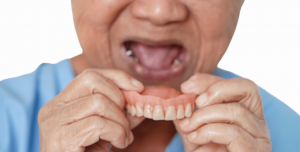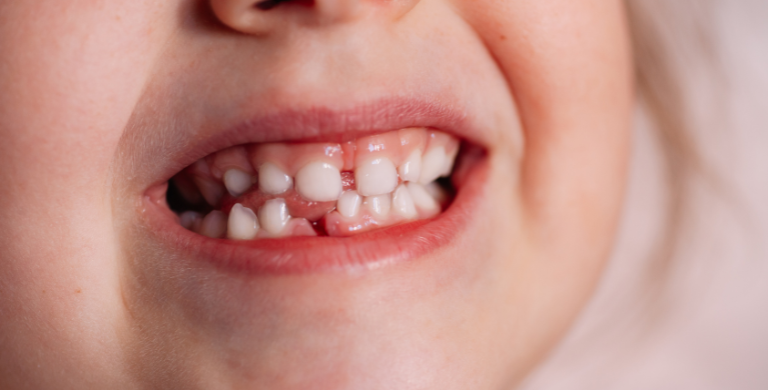Also known as ‘Gum Disease’, Periodontitis is a common condition in which the gums and deeper periodontal structures become inflamed. The inflammation usually takes the form of redness, swelling and a tendency to bleed during teeth brushing, and is the body’s response to certain bacteria that have been allowed to accumulate in the mouth. This is why healthy gums are so important.
What is gum disease?
Gum disease can be classified into three major forms:
- Gingivitis (which involves the gum tissues and is reversible),
- Periodontitis (which involves the destruction of the gum tissues and the jaw bone and causes irreversible damage), and
- Peri-implant disease (which may infect the gum and destroy the bone around dental implants)
Untreated periodontitis will eventually result in tooth loss. It may increase the risk of stroke, heart attack, and other health problems.
How is periodontitis diagnosed?
- Your dentist will enquire about your dental & medical history to identify risk factors that can contribute to gum disease and the outcome of treatment
- Your dentist will do a periodontal screening using a tiny ruler called a ‘probe’ to measure pocket depths around teeth and test for bleeding
- A periodontal screening and risk assessment take approximately 30 minutes
- More than two pockets deeper than 4 mm is indicative of periodontitis
- Bleeding means there is active inflammation present
Managing and treating periodontitis
The main aim of treatment is to clean out bacteria from the pockets around the teeth, control infection and inflammation and prevent further destruction of the bone and surrounding tissue.
The first nonsurgical step according to the American Academy of Periodontology usually involves a special cleaning, called “scaling and root planing,” to remove plaque and tartar deposits on the tooth and root surfaces. This procedure helps gum tissue to heal and periodontal pockets to shrink.
Your dentist may also recommend medications to help control infection and pain or to aid in healing.
If you have severe periodontal disease, you may need surgery to remove diseased gum tissue or repair bone damage.
Follow-up care is a key part of your treatment and safety.
After you have been treated for gum disease, it is very important that you follow the maintenance care plan your doctor recommends.
Frequent check-ups and cleanings may be needed to keep your gums free of disease. It also includes meticulous home care; brushing twice daily and cleaning in between your teeth once daily.
Periodontitis is a chronic, or long-term, inflammatory disease. If good oral hygiene is not maintained, it will recur.
Your dentist may also suggest certain behavioural modifications such as to quit smoking and reducing stress to improving your treatment results.
Written by: Dr. Johan Hartshorne B.Sc., B.Ch.D, M.Ch.D., M.P.A., Ph.D. (Stell) FFPH.RCP (UK)
Cosmetic and reconstructive dental surgeon












